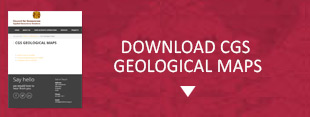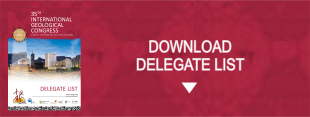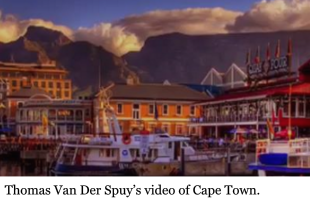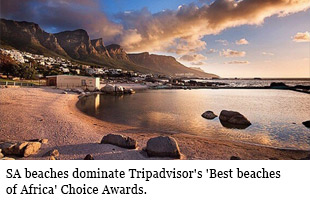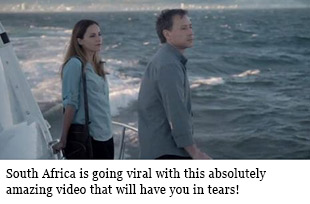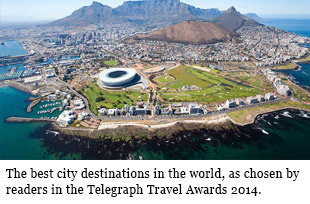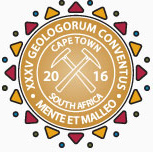
35TH INTERNATIONAL GEOLOGICAL CONGRESS
27 AUGUST - 4 SEPTEMBER 2016 | CAPE TOWN, SOUTH AFRICA
Sponsors
Keystone Sponsor
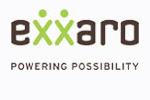

Diamond Sponsor


Gold Sponsor


Silver Sponsor



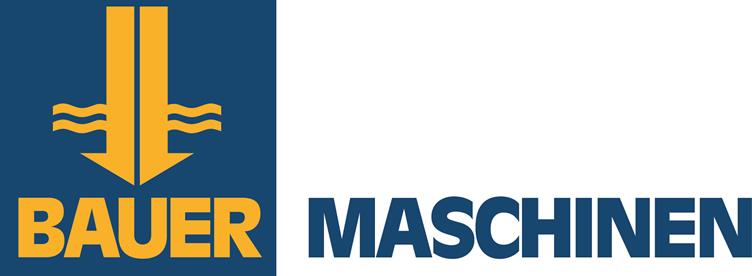




Business Centre Sponsor


Publication Sponsor




Social Function


Plenary Speaker Sponsor


Speaker Gift Sponsor


Post Graduate Fund


Registration


Welcome Drinks
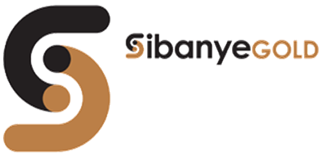

Lunch Time Drinks
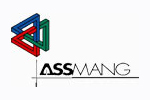

Publication &
35 IGC SAGPGF
35 IGC SAGPGF

35 IGC SAGPGF




MY IGC APP


Symposium Sponsor
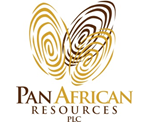
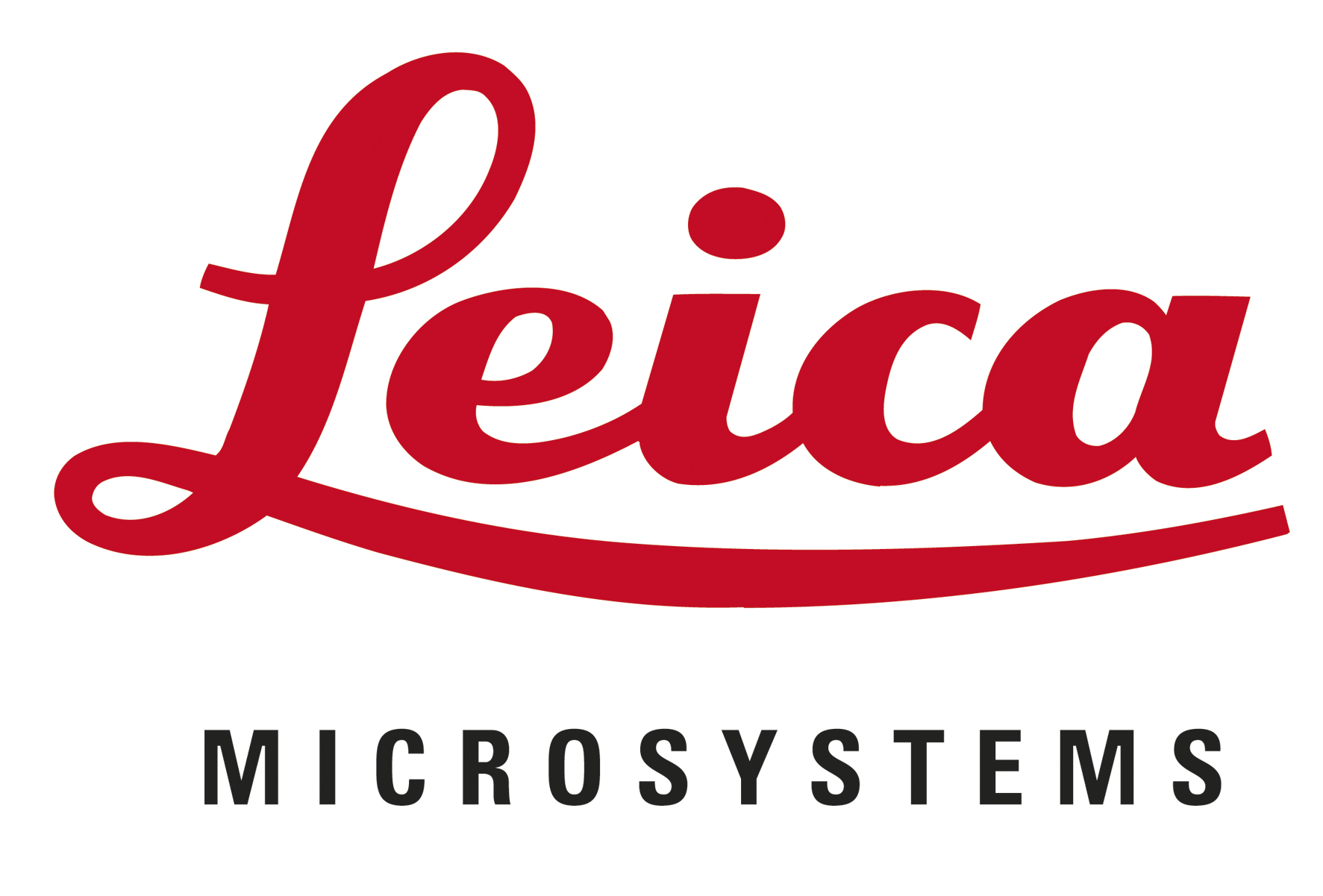


Audit Sponsor
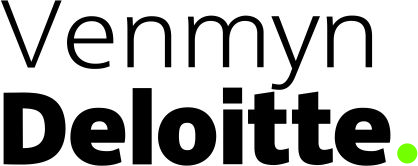

35TH INTERNATIONAL GEOLOGICAL CONGRESS
27 AUGUST - 4 SEPTEMBER 2016 | CAPE TOWN, SOUTH AFRICA
My IGC
Symposium Details
| Title | Description | Convenors |
|---|---|---|
| AGID Sub Theme : 4: Geo-hazards: Creating Social Awareness, Preparedness and Capacity Building for mitigating Geohazards | Earth sciences have much to contribute to the reduction of risks from GeoHazards caused by natural processes and also by anthropogenic activities. In the 21st century, global population would approach 10 billion people and climate change would have significant effect on the health, safety and well being of societies, especially in low-income countries. Some examples of GeoHazards are landslides, rock flow, earthquakes, volcanic eruptions, tsunamis, droughts, floods, land subsidence, saline water intrusion into coastal aquifers and Arsenic & Fluoride contamination of ground water. Population in low-income countries and also poor communities in the developed countries are most vulnerable to the impacts of GeoHazards, as evidenced by the recent events like Floods in Pakistan, Tsunami in Indian Ocean, Earthquake in Haiti and Hurricane Katrina in Louisiana. In low-income countries the effects of GeoHazards are often more severe and of longer duration due to lack of public awareness, inadequate infrastructure and also due to limited financial and technical capacity of the Government departments dealing with the emergencies. This Symposium would be a multi-disciplinary Symposium whose goal is dissemination of best practices in reducing the impact of GeoHazards. The hard learned experiences in creating awareness in the society and in capacity building in the Public Sector for decision making and initiating actions in low-income countries would be the basis of the symposium. But other examples from elsewhere are also sought with the intent of providing a forum where geoscience practitioners can learn how to effectively translate science into action. By bringing together researchers whose primary responsibility is to take advances in geoscientific knowledge and apply them in mitigation, emergency response and improved land planning related to GeoHazards, the symposium will provide the vehicle to bridge the gap (so often insurmountable) between geoscience and society. | Shrikant Daji Limaye, Antony Reedman and Shaheena Tariq |
 Field trips
Field trips  Sponsorship & expo
Sponsorship & expo  Registration
Registration Tours
Tours  Promotion
Promotion 

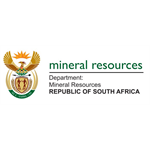












 Conference Programme
Conference Programme  Field trips
Field trips  Sponsorship & expo
Sponsorship & expo  Volunteer
Volunteer  GeoHost
GeoHost  Registration
Registration Tours
Tours  Promotion
Promotion  Publications
Publications


